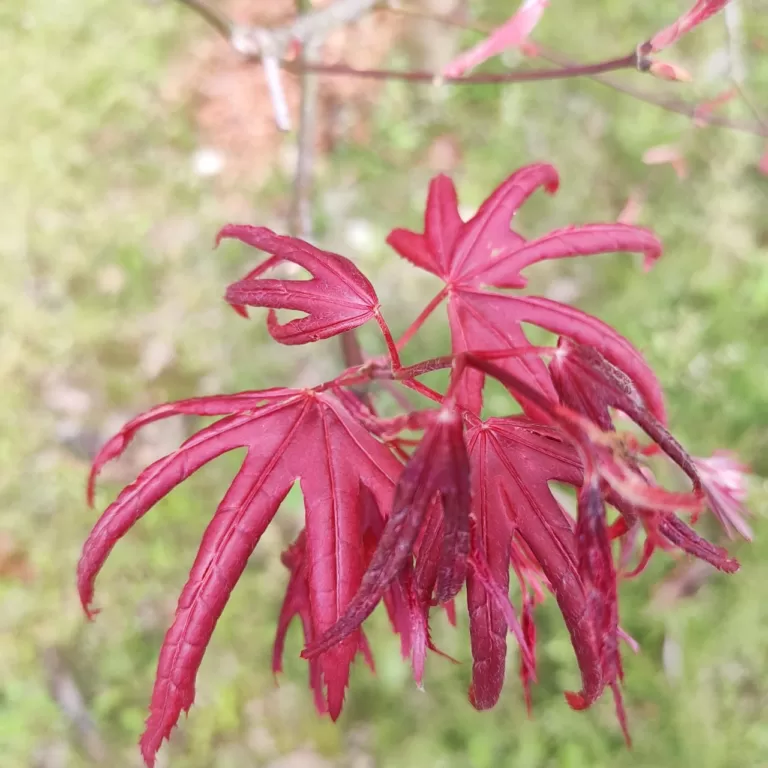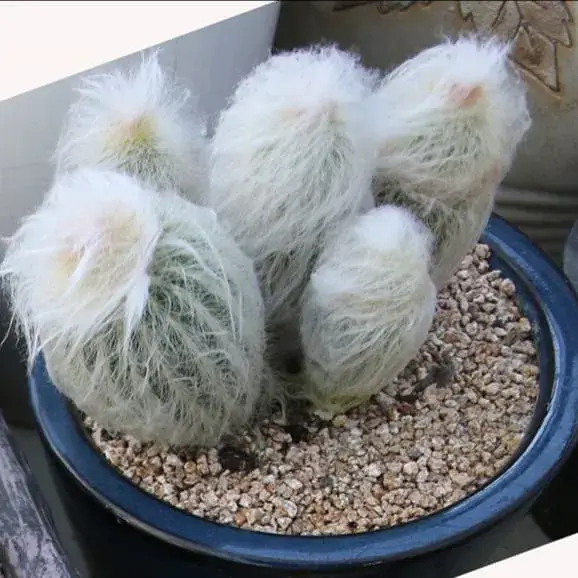The Japanese Red Maple is a stunning ornamental tree that adds a touch of elegance to any landscape. With its vibrant red foliage and graceful branches, this live plant is a must-have for garden enthusiasts. It thrives in well-drained soil and partial shade, making it suitable for various climates. Whether as a focal point or as part of a larger garden, the Japanese Red Maple is sure to impress with its striking beauty and unique features.
Add elegance to your garden with the vibrant Japanese Red Maple. This stunning live plant features vibrant red foliage and graceful branches, making it a must-have for any landscape.
How to care Japanese Maple Plants:
1. Temperature:
Japanese maple grows best in a temperate climate with a preferred temperature range of 0 to 27 ℃. It is native to Japan where the temperature ranges from -5 to 27 ℃. During the hot summer months, it is recommended to provide shade and ample water to help the plant adjust to the high temperatures. In colder conditions, it is best to protect the roots with mulch and provide wind barriers to prevent cold damage.Japanese maple has strong cold resistance, so special frost protection measures are usually not necessary during the winter. However, if the winter temperatures are expected to drop below -35°C, it is still important to provide cold protection. This can be achieved by wrapping the trunk and branches with materials such as non-woven fabric or cloth. Before the first freeze in autumn, it is recommended to water the plant abundantly, ensuring the soil remains moist and enters a frozen state. This helps prevent drought and water scarcity for the plant during the winter and early spring.
2. Mulching: Apply a layer of organic mulch around the base of the plant to help retain moisture and regulate soil temperature. Mulching also prevents weed growth, which can compete for nutrients.
3. Provide the right soil: Japanese Maple plants prefer well-draining soil that retains moisture without becoming waterlogged. Use a mix of peat moss, compost, and sand to ensure proper drainage.
4. Adequate sunlight: Japanese Maple plants thrive in partial shade or filtered sunlight. Avoid exposing them to direct sunlight, especially during the hot afternoon hours, as it can scorch the leaves.The japanese maple has a certain requirement for sunlight and prefers a partially shaded area. In cases of exposure to direct sunlight in the summer, the leaves of most varieties will wither, so shading is required. As the plants get older and their root system grows, this condition will be less of a problem. Sunlight conditions will directly affect the ornamental appearance of japanese maple leaves. In the spring, sufficient sunlight will make the maple leaves more vivid, while in cases of insufficient sunlight or partial shading the leaf color may fade. During the fall, sunlight can also affect the leaf color. For potted plants, full exposure to sunlight is recommended during the spring and the fall, with partial shading in the summer.
5. Watering routine: Japanese Maple plants require regular watering, especially during dry spells. However, be cautious not to overwater, as it can lead to root rot. Keep the soil evenly moist, but not soggy.The japanese maple prefers the soil to be kept moist, especially during the summer, because dry weather can cause its leaves to scorch and even fall off in severe cases. During the summer, in addition to watering the roots, foliage can be sprayed during the evening to increase the humidity.
- In the summer, seedlings growing in pots may need watering twice a day, in the morning and the evening.
- In the spring and fall, watering should be carried out depending on the actual conditions. Watering can be reduced slightly as the temperature drops in the fall, which will help the leaves to change color.
- In the winter, it is only necessary to ensure that the soil does not dry out.
6. Pruning and shaping: Regular pruning helps maintain the desired shape and size of the Japanese Maple plant. Prune during late winter or early spring before new growth emerges. Remove dead or damaged branches and thin out crowded areas to improve air circulation.
7. Fertilizing: Feed Japanese Maple plants with a balanced, slow-release fertilizer during spring and summer. Follow the instructions on the fertilizer packaging to avoid over-fertilization, which can harm the plant.
8. Pests and diseases: Monitor your Japanese Maple plant for signs of pests such as aphids, scale insects, or mites. Treat any infestations promptly with insecticidal soap or neem oil. Additionally, keep an eye out for diseases like powdery mildew or verticillium wilt and take appropriate measures if necessary.
9. Proper spacing: When planting Japanese Maple trees, ensure they have enough space to grow and spread their branches without overcrowding. This allows for good airflow and prevents diseases.
10. Winter care: In colder regions, consider covering the base of the plant with a layer of mulch before winter to protect the roots from freezing. Avoid excessive snow accumulation on the branches, as it can cause breakage. Gently brush off any snow that accumulates on the branches to prevent damage.
11. Regular inspections: Regularly inspect your Japanese Maple plants for any signs of distress, such as yellowing leaves, leaf drop, or unusual growth patterns. Timely identification of issues can help address problems before they worsen.
12. Consider container gardening: If you have limited space or live in an area with harsh climatic conditions, consider growing Japanese Maple plants in containers. This allows for better control over their environment, and you can bring them indoors during extreme weather.
Remember, caring for Japanese Maple plants requires patience and attention to detail. By following these tips, you can ensure your plants thrive and showcase their stunning foliage throughout the seasons.





























































































































































































Healthy plant received
Packing was really good . Plan received in healthy condition
Excellent plant.I love the colour,size and spread of the plant sent.
Received it in very good condition. Will be eagerly waiting for next autumn.